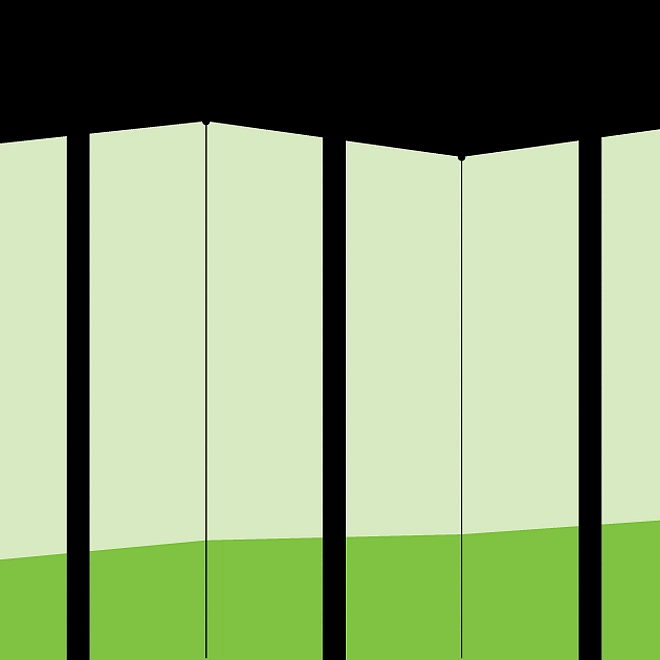Workforce ecosystems
A new strategic approach to the future of work
Workforce ecosystems—comprising internal and external contributors—will be a prime feature of future workplaces. How can organizations adopt an integrated approach to managing their workforces?
Workforce ecosystems
Managers today tell us they often feel squeezed between two realities. One is that their workforce increasingly depends on external workers and multiple types of contributors. The other reality is that their management practices, systems, and processes are designed for internal employees. The struggle to reconcile these realities is an ongoing challenge, with implications for strategy, leadership, culture, and workforce management practices.
Our research, part of a multiyear inquiry between MIT Sloan Management Review and Deloitte into the future of the workforce, makes clear that managers today consider employees and other workers who create value for the enterprise—including contractors, service providers, gig workers, app developers, and software bots––to be part of their workforce. Our recent global management survey affirms that 87% of respondents include external workers when considering their workforce composition (figure 1).

At the same time, most workforce-related practices, systems, and processes focus on employees, not external contributors. Workforce planning, talent acquisition, performance management, and compensation policies, for example, all tend to focus on full-time (and sometimes part-time) employees. Consequently, organizations often lack an integrated approach to managing a workforce in which external workers play a large role.
As one of the executives we interviewed for this report told us, “Wouldn’t it make sense to become just as mature about managing this segment of the workforce, which can be even bigger than your payroll workers?”
The search for an integrated approach to strategically managing a diverse group of internal and external contributors has led some forward-thinking executives to the idea of a workforce ecosystem: a structure focused on value creation for an organization that consists of complementarities and interdependencies. This structure encompasses actors, from within the organization and beyond, working to pursue both individual and collective goals.
This promising idea offers potential benefits that could help managers think through the strategic, organizational, regulatory, and practical implications of a workforce comprising employees, external workers, and others (figure 2).








In the full MIT SMR Deloitte 2021 Future of the Workforce report, we:
1. Explain the workforce ecosystem concept and highlight several forces driving its emergence.
2. Discuss how workforce ecosystems may influence strategy; leadership; culture; diversity, equity, and inclusion; and workforce governance.
3. Identify important management practice differences between a workforce ecosystem approach and the traditional employee life cycle model.
Human Capital–Future of Work
Driven by accelerating connectivity, new talent models, and cognitive technologies, the way that work is done is changing. As robotics, AI, the gig economy, and crowds continue to grow, jobs and work are being reinvented, creating the “augmented workforce.” To achieve new levels of business impact, we have the opportunity to reconsider how jobs and work are designed around integrated teams of people and machines to adapt and learn for future growth. To learn more, visit Deloitte.com.



